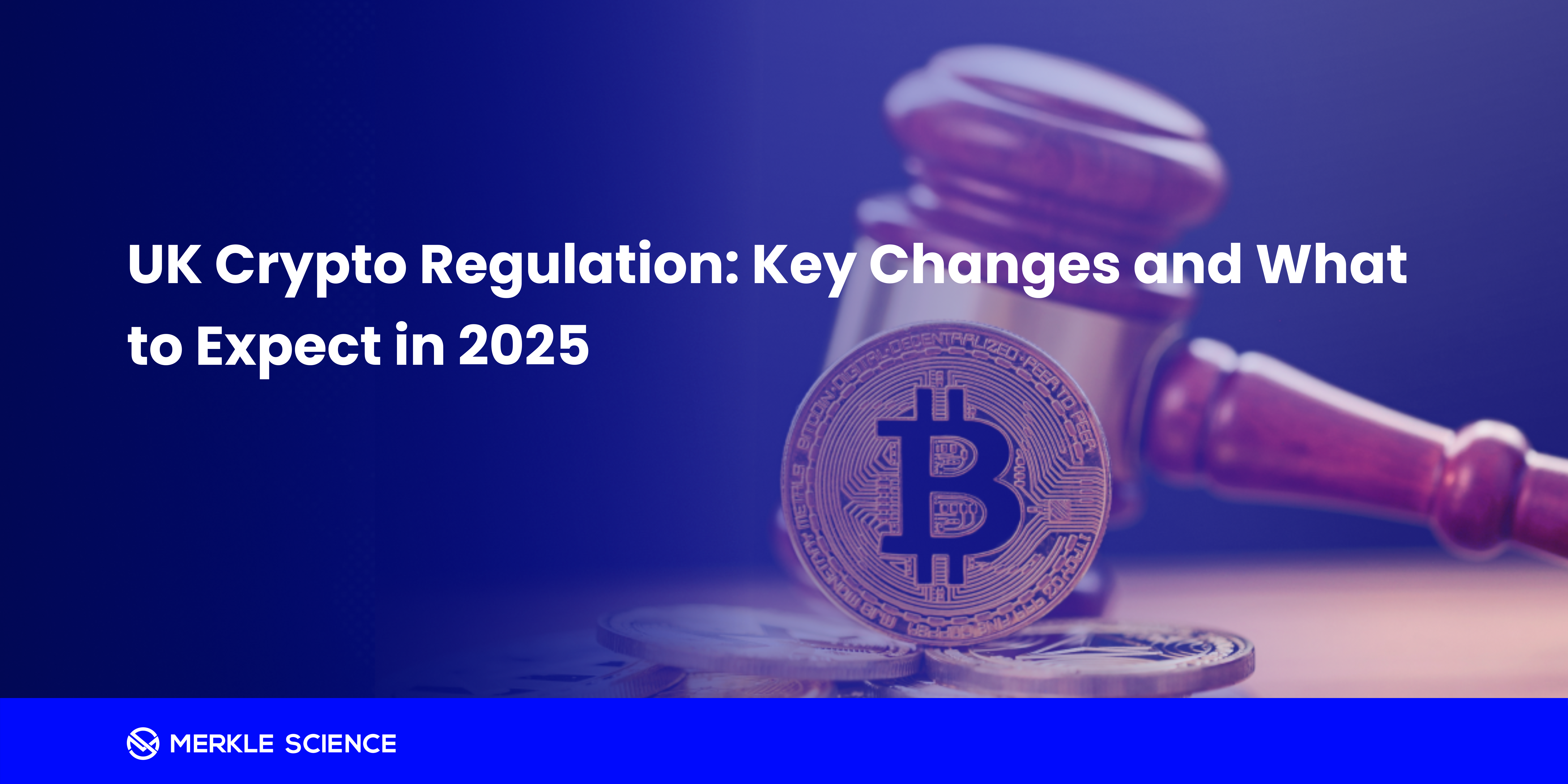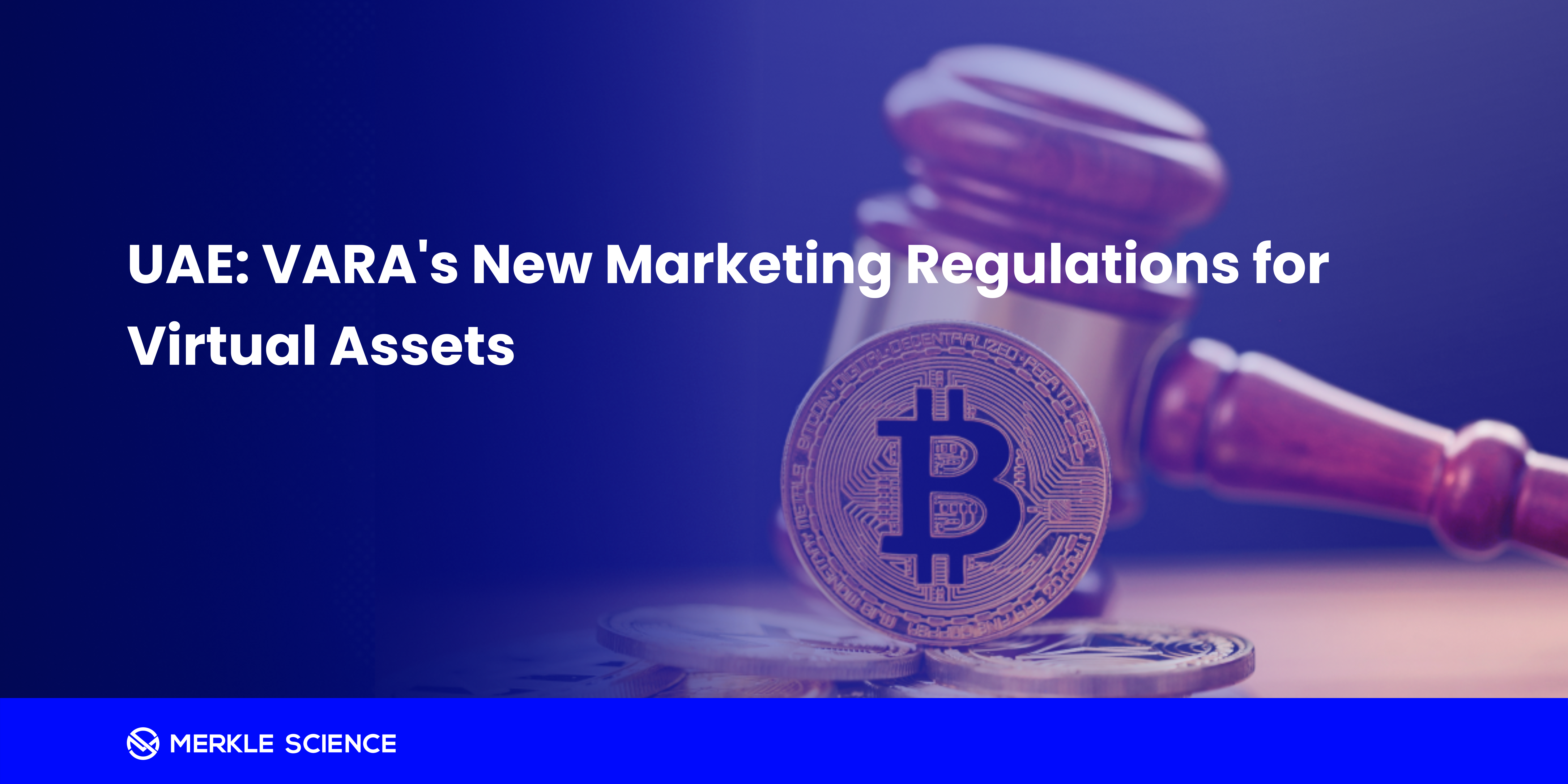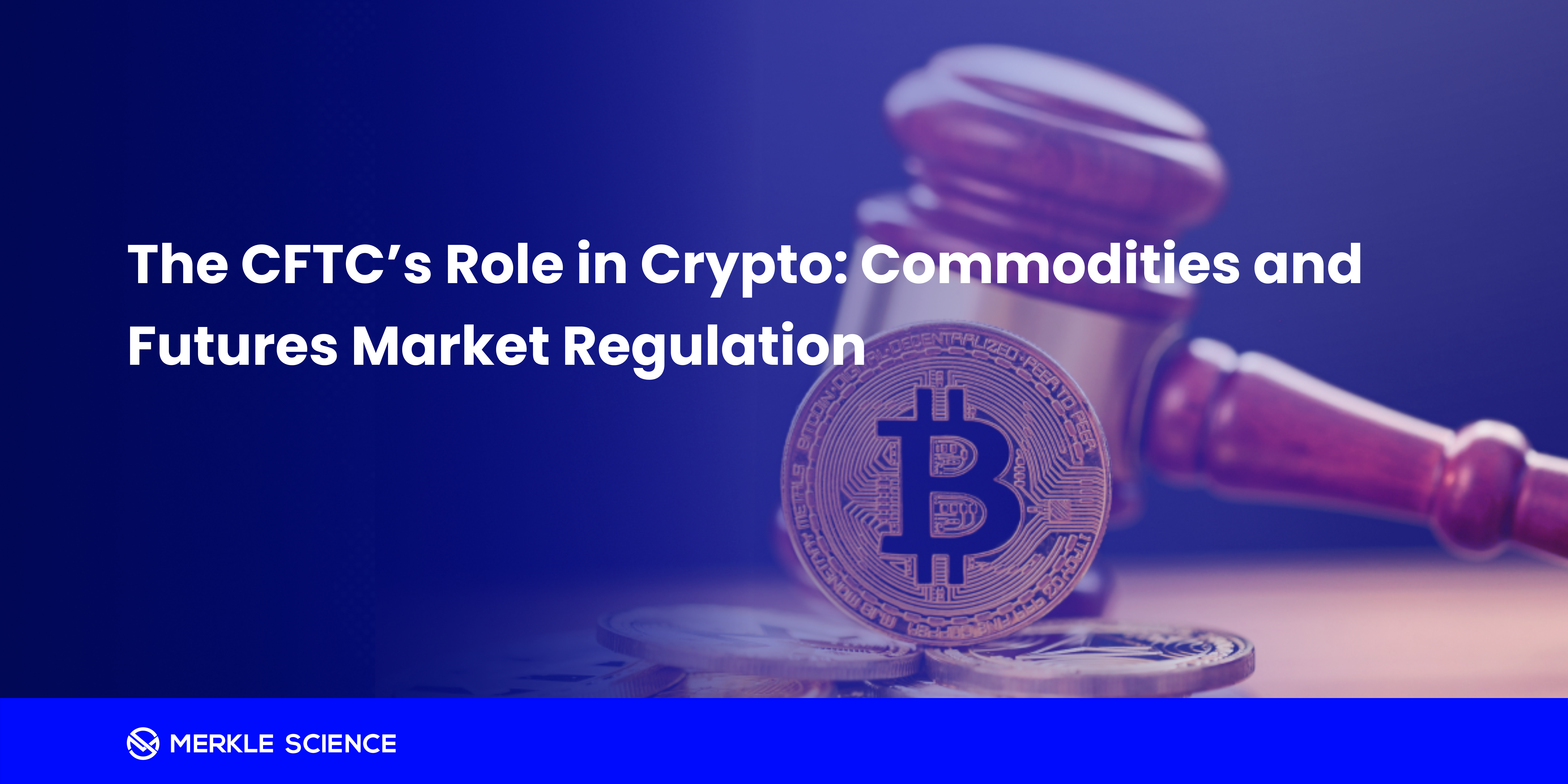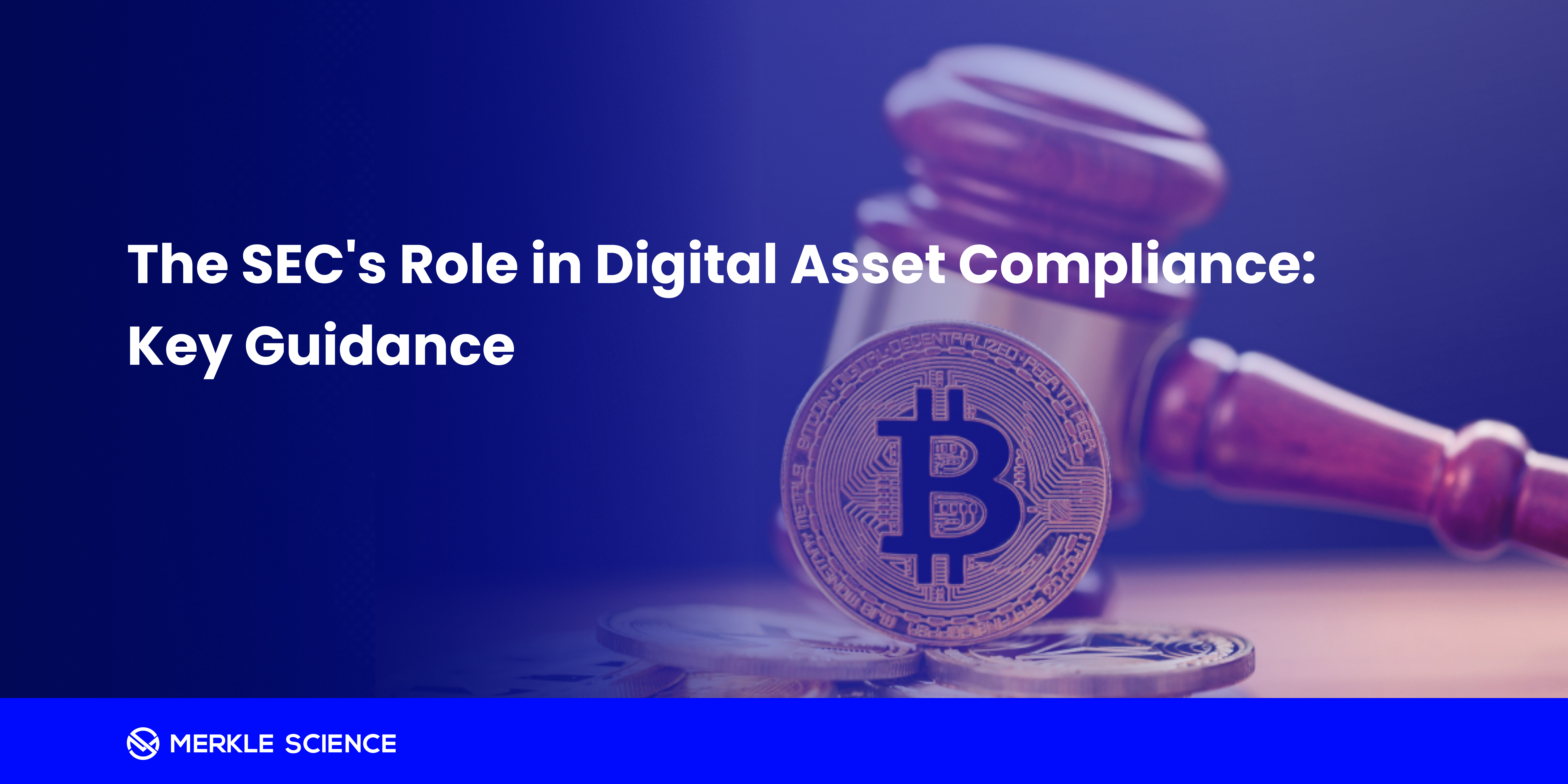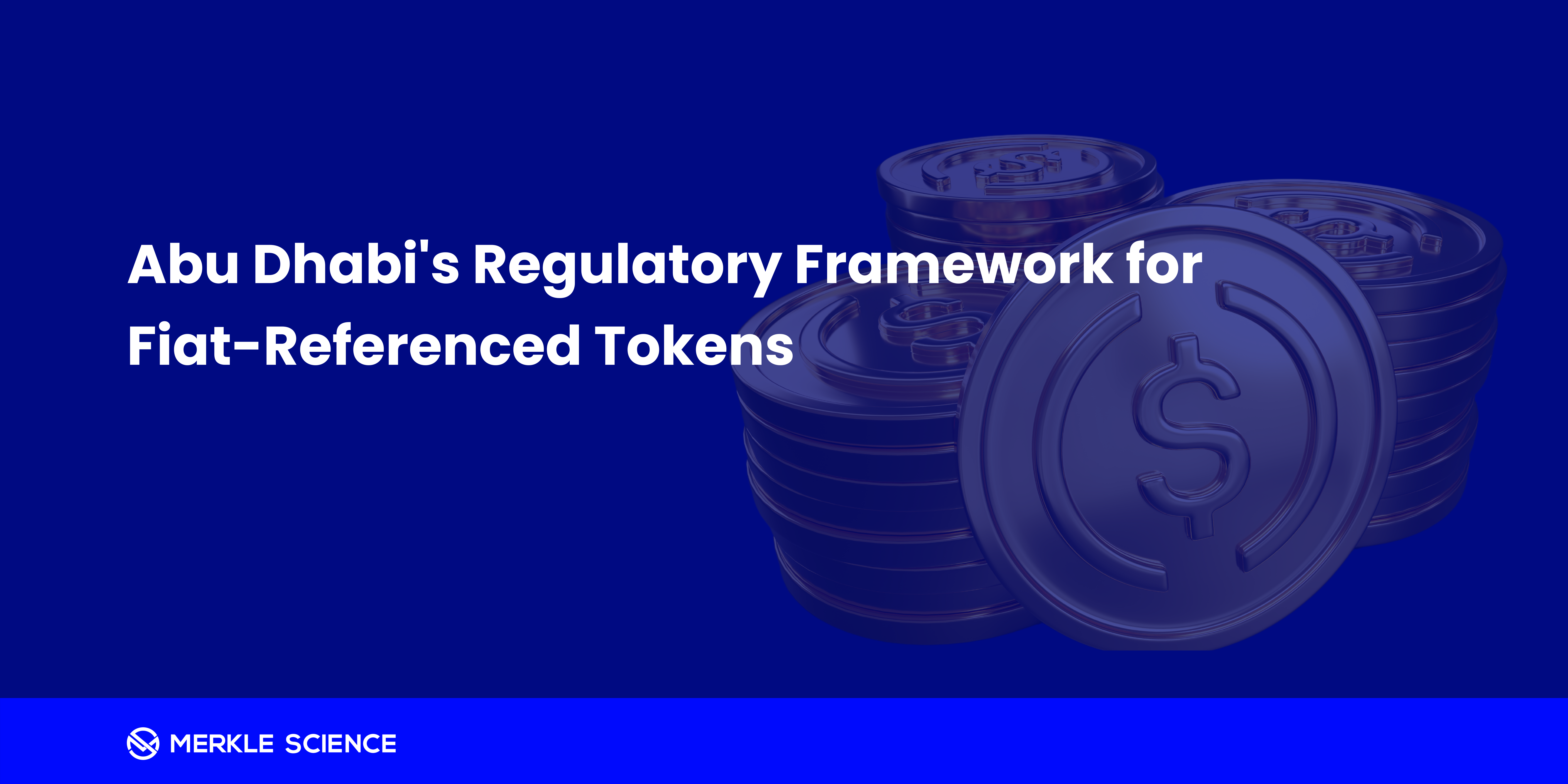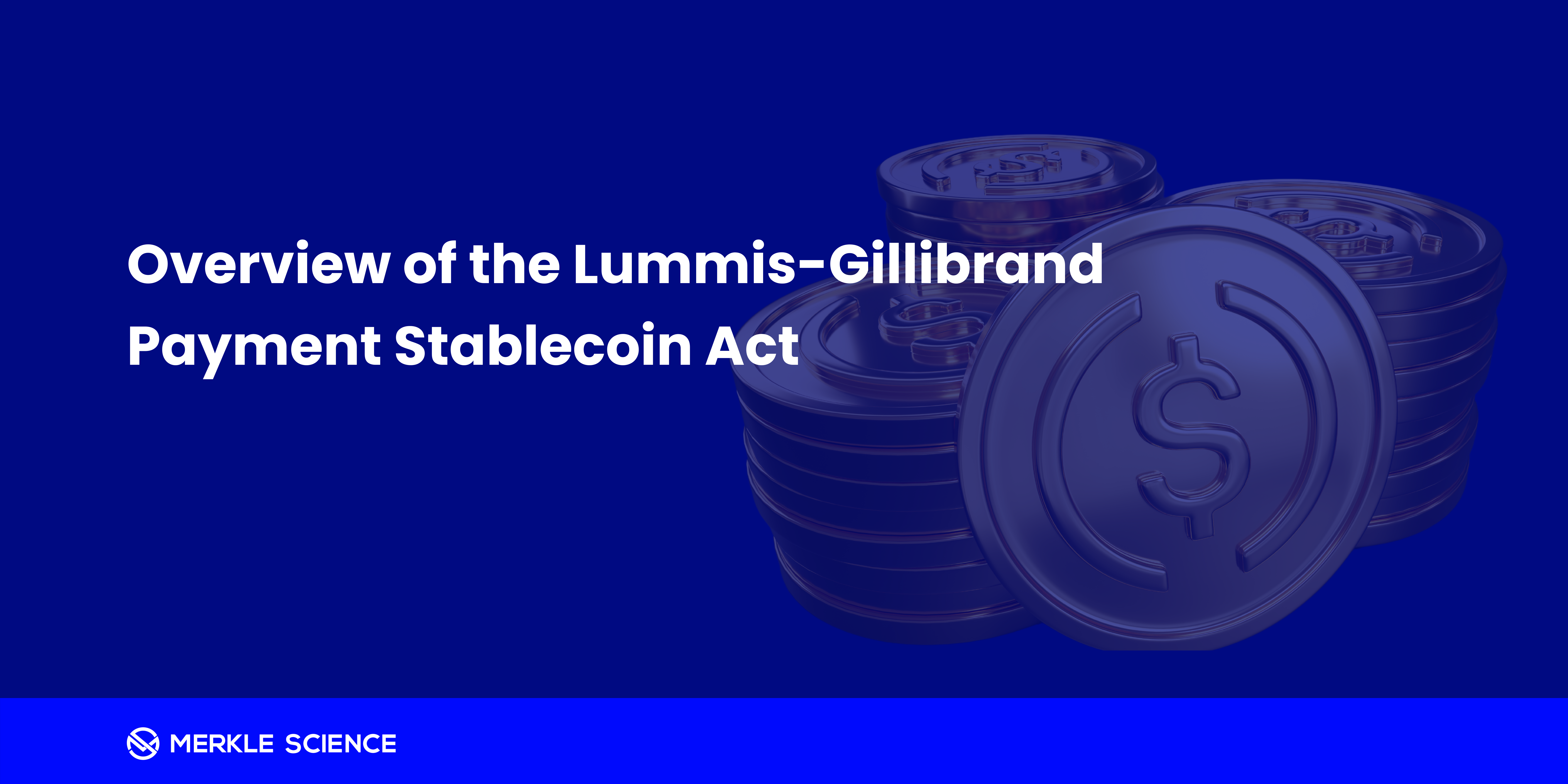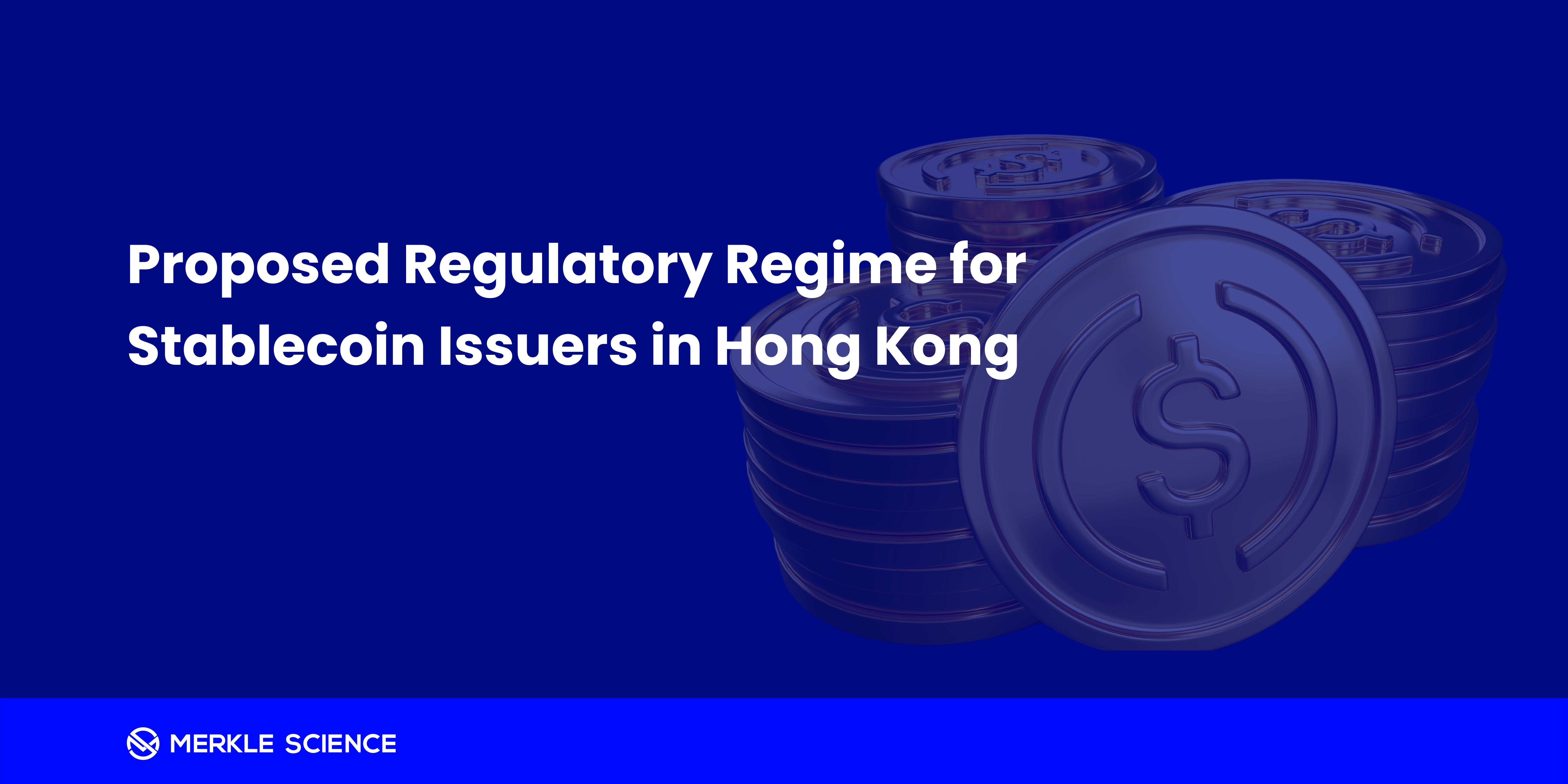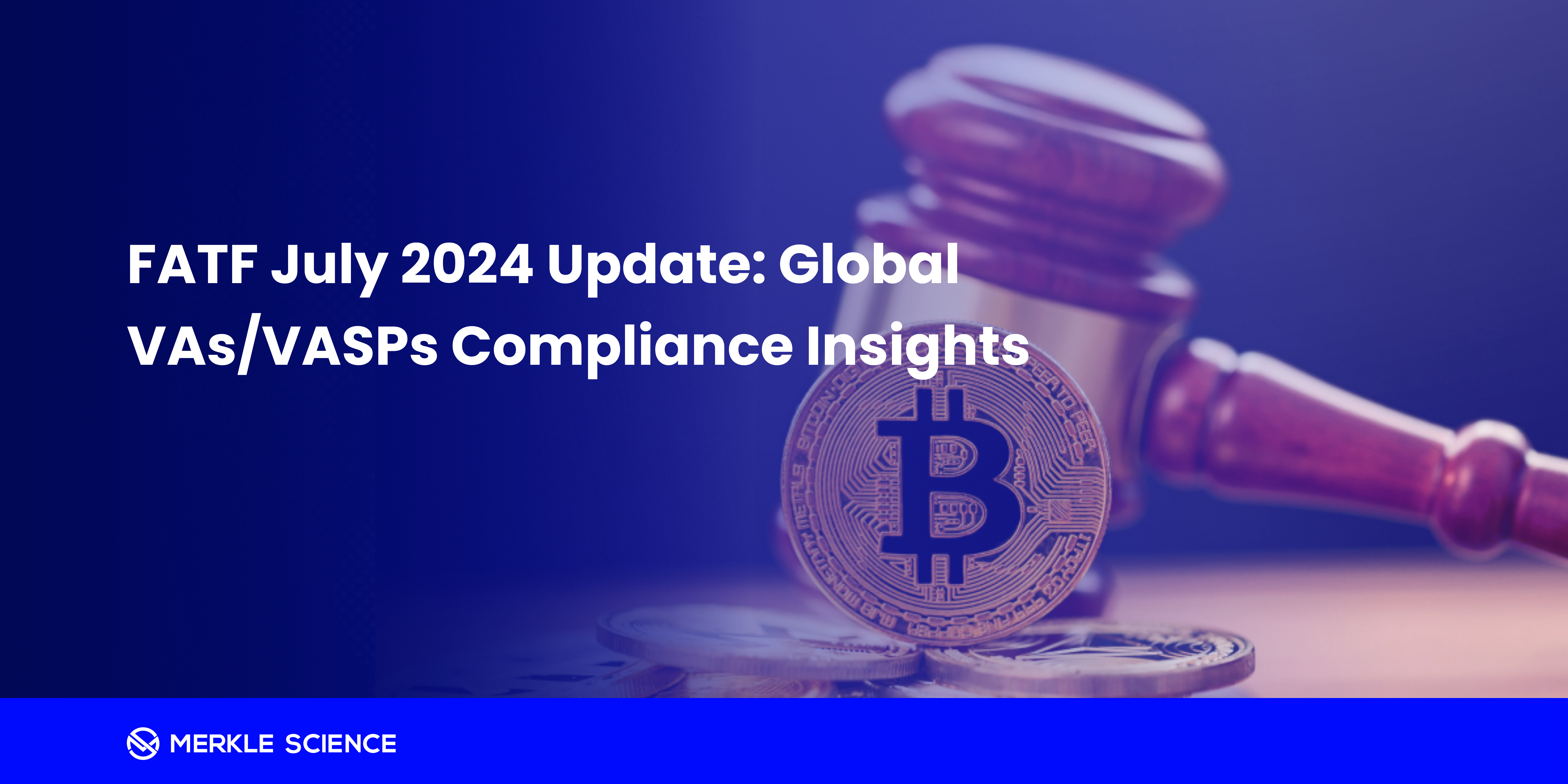UK Crypto Regulation: Key Changes and What to Expect in 2025
The UK government has repeatedly expressed its ambition to establish the country as a crypto hub. However, 2024 saw limited progress in regulatory developments, and with ongoing political shifts, the crypto industry has been left speculating about the next steps. Despite the uncertainty, there have been notable remarks that may provide hints about the future regulatory roadmap. While clarity is still lacking, and it remains to be seen how these plans will translate into concrete actions, this article explores the potential changes on the horizon.



